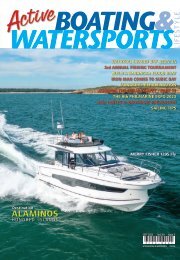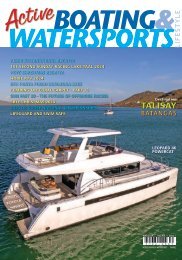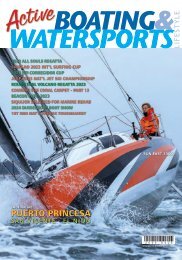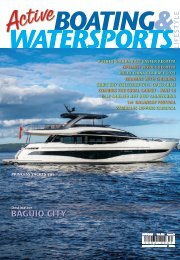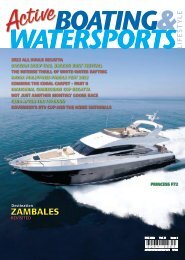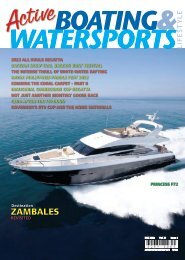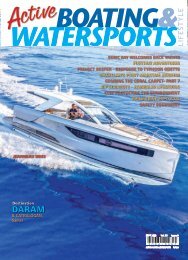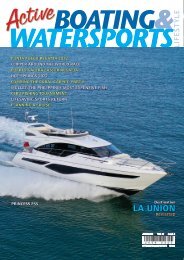ABW Sept 2023-1
Create successful ePaper yourself
Turn your PDF publications into a flip-book with our unique Google optimized e-Paper software.
I<br />
n a continuous endeavor to restore and conserve critical<br />
coastal ecosystems, the Coastal Conservation and<br />
Education Foundation has teamed with many companies<br />
to carry out mangrove rehabilitation initiatives in<br />
Cotcot Liloan, Cebu, since 2010. However, the program has<br />
experienced several challenges that are now being addressed<br />
to increase its effectiveness and assure the initiative’s longterm<br />
viability.<br />
Species Biodiversity<br />
One of the key issues identified is the lack of diversity in the<br />
mangrove species being planted. Across all planting sites,<br />
partner companies have focused solely on planting Avicennia<br />
marina, locally known as Miyapi or Bungalon. While Avicennia<br />
marina is a strong mangrove species, promoting biodiversity<br />
by incorporating other species is vital for coastal ecosystems’<br />
overall health and resilience. Miyabi<br />
Planting Spacing<br />
Despite the limited species diversity, the planting spacing<br />
of 0.5m x 0.5m in a zigzag pattern adheres to the standard<br />
mangrove rehabilitation protocols. However, an additional<br />
concern arises from the initial height of the seedling materials<br />
used, which is below the recommended 50cm requirement<br />
for seafront planting. This shortfall could potentially impact<br />
the survival and growth rate of the mangrove seedlings.<br />
Suitability of Substrate<br />
Furthermore, the mid-portion planting site has proven<br />
unsuitable for replanting due to the shifting sandy substrate<br />
influenced by the nearby river mouth outflow. Sadly, this<br />
natural occurrence has resulted in the burial of 89% of the<br />
500 mangrove seedlings planted by LEAR in January <strong>2023</strong>.<br />
The careful selection of suitable planting sites is crucial for<br />
the long-term success of mangrove restoration efforts.<br />
Caretakers reuse little<br />
transparent cups<br />
whenever feasible and<br />
use them as plant bags.<br />
Additionally, they gather<br />
sand and mud deposits<br />
from the beach and store<br />
them in their backyards<br />
for later use.<br />
Mangrove<br />
Rehabilitati<br />
56





